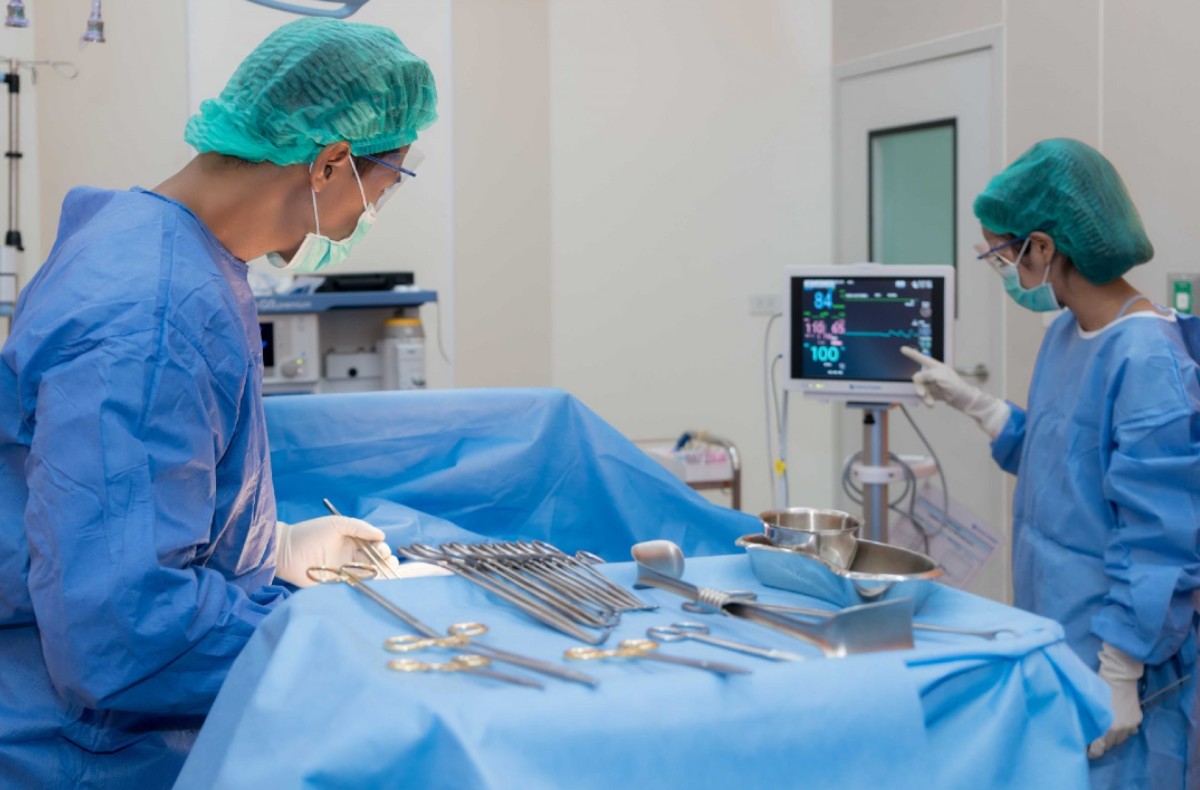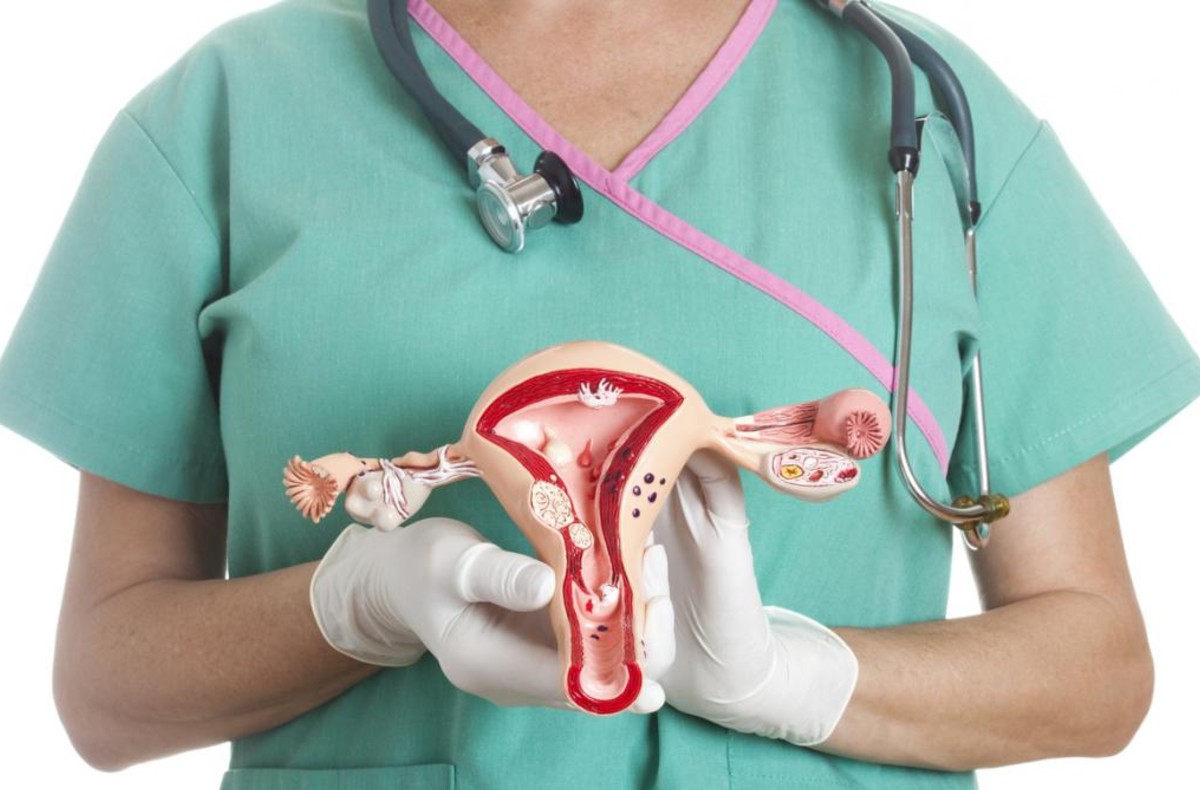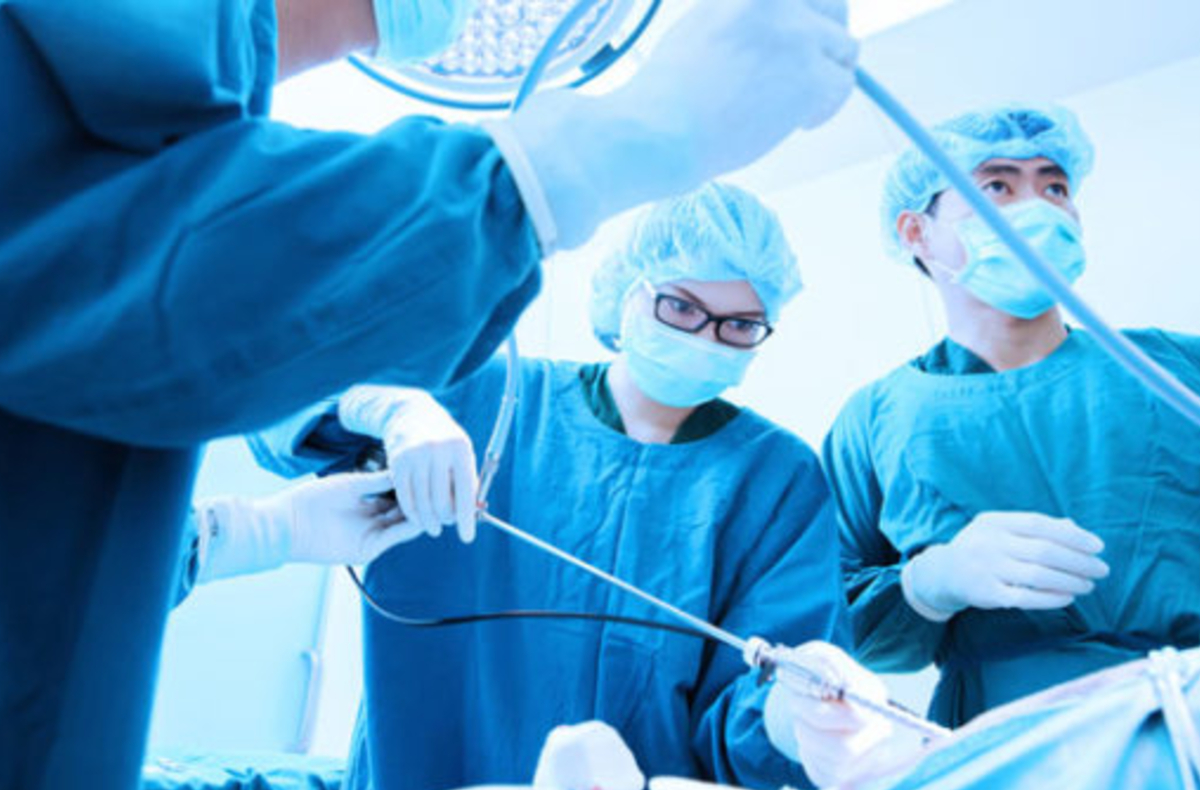Endometriosis is a pathological condition. It is both painful and painfully chronic. Even with the advancement of medical practices, many a times it is brushed off as ‘ woman’s problem ‘ saying that severe abdominal pain is a part of ‘normal menses’, or the always present dull aching pelvic pain as ‘part of being woman’, ‘in their head’, ‘ low threshold’ or a ‘psychological problem’.
These women require medical help as it significantly affects the daily activity and quality of life and their mental and social wellbeing in the long-term.
Endometriosis is a painful condition in which the normal lining of the uterus grows outside the uterus (endometrial implant). It commonly occurs on the ovaries as a chocolate cyst, on the intestines or anywhere in the pelvic cavity and rarely outside the pelvis too.
Though it becomes an abnormally placed tissue, it behaves like the normal lining tissue of the uterus- it grows, matures, breaks down and bleeds with each menstrual cycle. As it remains trapped in the abnormal location, within the body it causes inflammation, irritation of surrounding tissues and causes adhesions, binding adjacent organs together.
Presenting Symptoms are:
- Painful periods.
- Excessive and heavy periods
- Pain during intercourse
- Pain during bowel movements or urination
- InfertilityThe intensity of pain is not a direct indicator of the severity of the disease. Still a lot of misconceptions surround endometriosis. Some to mention are:
- It is rare in teenagers and young women.
- Pregnancy cures endometriosis-it only suppresses the condition temporarily but does not eradicate the disease.
- It is synonymous with infertility – many women with endometriosis have no problems in getting pregnant and having children.
- Hysterectomy alone cures the disease – not so, as endometriosis is endometrial tissue outside the uterus and hysterectomy does not address the condition.
- It is caused by abortion and douching – not true.
- Endometriosis is an emotional symptom – no it’s pathological!
- It is a cancer – no it is normal tissue in an abnormal location.
So when do you see a doctor?
When you have above mentioned symptoms or long standing or acute severe pelvic pain.Diagnosis is guided by your explanation of the symptoms to the doctor, the location and the nature of the pain.
Physical clues include:
- Pelvic examination.
- Ultrasound – usually good to identify ovarian endometriotic cysts as other places of endometriosis can be missed by scan alone.
- MRI-to a great extent is good in identifying endometriosis even in other places than in ovaries.
- Laparoscopy-the best diagnostic tool for endometriosis but preferably performed only if the medical treatment fails.
Treatment for endometriosis is either with medications or surgery. Globally recommended is management with medications as the first try.
- Pain medications:- commonly used pain relievers as the non steroidal anti inflammatory drugs. Antiinflammatory drugs.
- Hormonal therapy: reduces or eliminates the pain caused by endometriosis. But it just slows the growth and is not a permanent solution as recurrences can happen.
Hormonal therapy could be the birth control pills, GnRH ( Gonadotrophin releasing hormone) injectable, depot provera ( progesterone) injectable and Dienogest ( progestogen) .Conservative surgery (preserving the uterus and ovaries) is opted when the medical method fails, in infertility and in huge endometrial ovarian Cyst. Preferred method is through laparascopy. A small cut is made in your navel(belly button )and 1 or 2 small other small cuts on your abdomen. The endometriotic deposits are seen directly and removed.
In severe cases of endometriosis, hysterectomy (removal of uterus) along with removal of both ovaries is to be considered. Please note that hysterectomy alone is not effective. Also understand you can’t become pregnant after hysterectomy.It is encouraged to have a good discussion with your gynecologist on choosing the method of management most appropriate for you.













